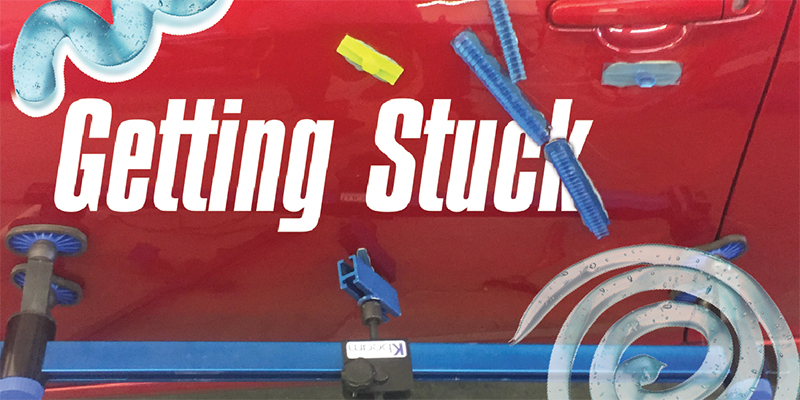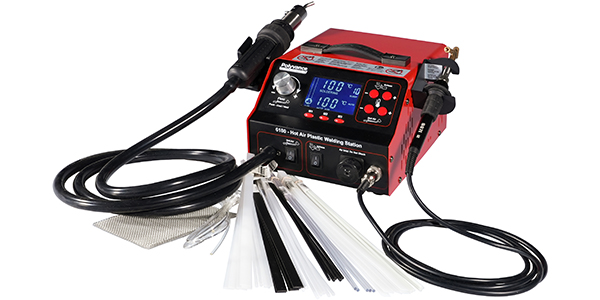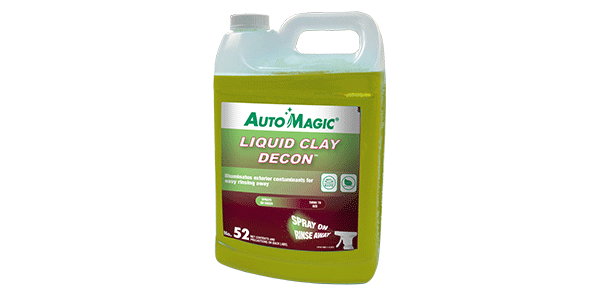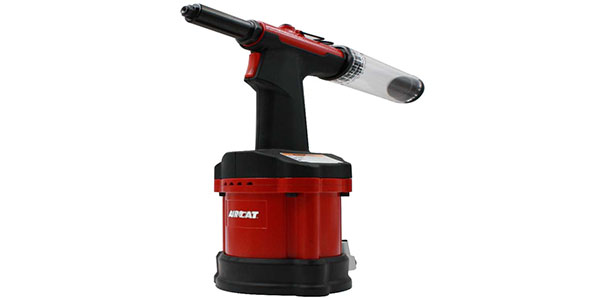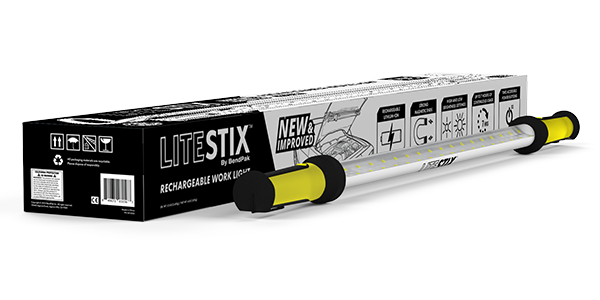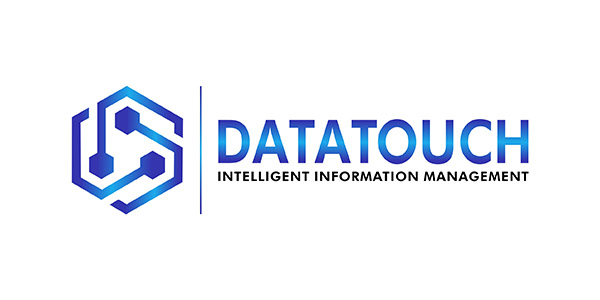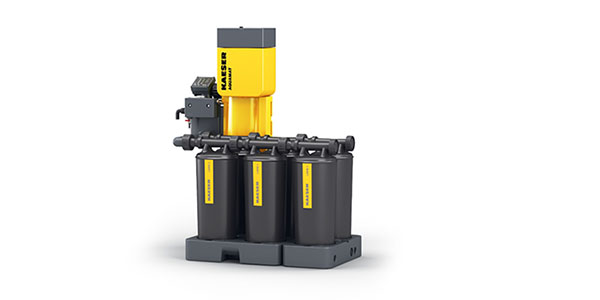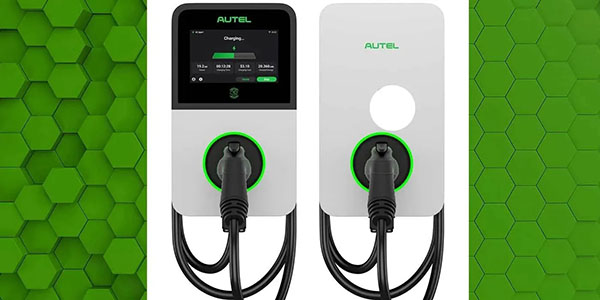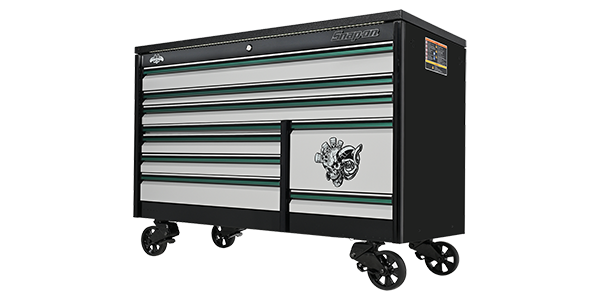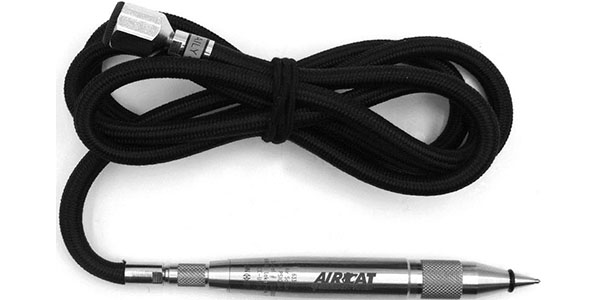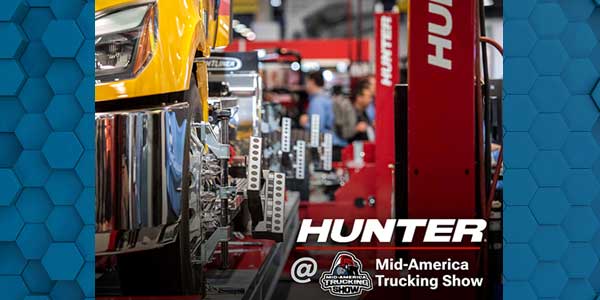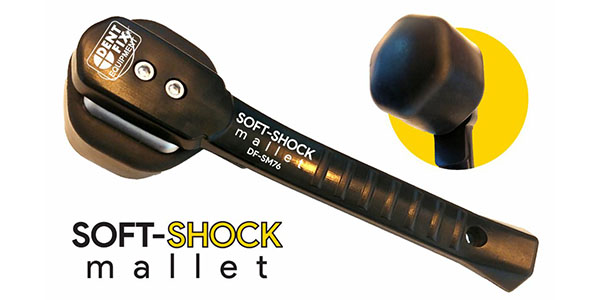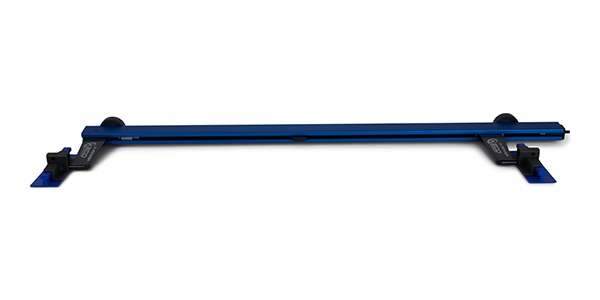There’s a new process taking shape in the collision repair world – an industry that has always been one of change and advancement, even before I entered it in the mid-1980s. It’s one of the factors that keeps the old-timers going and entices the younger generations to enter our ever-evolving field.
Education
There is never a dull moment in the education arena. And if a person is open to learning new procedures and technologies, the collision repair trade can compete with the best of them. Whether they’re young or old, new or seasoned, the most successful technicians and managers are those who embrace change.
As the last few years have shown, the vehicles we work on have advanced even more rapidly than in the past. A lot of our one-size-fits-all techniques have been challenged – a phenomenon that has been at the forefront of conversations in the shop, classrooms and on social media.
Repair Techniques
One must use these challenges to develop repair techniques that are efficient and in line with OEM procedures (very important!).
The system I’ve been using and demonstrating to other shops was born out of the paintless dent repair (PDR) world but can be adapted to the collision repair industry. Adhesive collision repair, or ACR, is the term I’ve coined for the process.
ACR is not to be confused with the adhesives used in manufacturing and during some repair procedures; it’s meant to describe the glue used to bond tabs onto the vehicle, to be used in conjunction with the specialized tools to remove dents and other types of damage we see daily. PDR technicians commonly refer to it as glue-pulling. The glue is applied with a craft-style hot-melt glue gun in the same manner a PDR tech affixes the smaller hail- or ding-sized tabs most of us have seen. Typically, a commercial-type glue gun is used, but your local hardware store may carry one that’s sufficient if it’s capable of heating and dispensing the product at the required levels. I’ll explain more how it all works in a bit.
The Standard
When I began learning my trade, the standard method to repair a deep dent that wasn’t accessible from behind was to drill 1/8-inch holes and use T-handle pull rods or a slide hammer with a sheet-metal screw affixed to the tip. Soon, there were more stud guns in use. The practice of spot welding a stud to a panel and using a slide hammer or multi-hole plate that grabbed the studs was a giant leap forward in performing a quality repair. The main reason? The studs could be twisted off without leaving a hole (most of the time, anyway). The studs also seemed to do a better job of straightening the metal.
ACR may not supersede the stud-gun type method, as it did the old drill-and-fill method, but with today’s vehicle construction, it makes for a viable option in most cases. The process works
the same on steel and aluminum, since the glue is adhering to the paint and not the metal.
As noted in the article, “Pricing & Using Paintless Dent Repair,” that appeared in the October 2017 issue of BodyShop Business, PDR repair and conventional repair methods are becoming more similar. While at one time PDR was performed mostly on vehicles with hail damage or door dings, it has progressed to larger-scale repairs. As that has become more common, the tools and techniques being developed and used in the process transition well to today’s conventional repair methods.
PDR vs. Collision Repair
It’s worth noting that there’s a distinct difference between PDR and collision repair. PDR is a different skill set. But, for the purposes of this article, let’s assume there’s a scratch in the center of the damage that requires the panel be refinished. It’s at this point where PDR and collision repair go their separate ways. The techniques described here only offer a way to bring the metal as close as possible before applying filler and preparing the panel, as you normally would for refinishing. There is no reason why the two processes cannot coexist – and even mutually benefit each other – with simple communication.
My first obstacle when explaining the technique to a new audience was to separate ACR from PDR. Many technicians, including myself, have dabbled with PDR and/or glue-pulling with little success. ACR consists of new methods and tools to perform a known procedure when straightening metal.
Thinner Metals
As today’s vehicles are mostly constructed with typically thinner metals and more foam-type materials, it only makes sense to use ACR methods, if possible. By using hot glue, there is no chance of damaging or even altering the e-coat or any other type of corrosion protection. There is also no risk of fire from welding. The adhesives developed recently are much stronger and easier to remove from the paint surface and tabs. The tab sizes have increased from the common quarter- and dime-sized tabs that most of us have seen or used; newer tabs can be almost as large as your hand. Significant design changes have also come about in the form of crease tabs. Longer rectangular designs can lend well to pulling crease-type damage, and they have the ability to be lined up next to each other for damage that can extend into feet rather than inches.
One common practice is to adhere tabs alongside each other over the length of a rocker outer panel and pull the damage out simultaneously. A similar result can be achieved along any large panel by using multiple tabs in conjunction with one another. The larger tabs are also available in oval or circular designs. With both the crease tabs and the larger circular or oval tabs, the adhesion can be spread across a larger surface, which increases the pulling strength but also allows the metal to return to its original shape together in a larger area.
Steps
The release agent applied to the glue is 91-percent isopropyl alcohol, referred to as rubbing alcohol. It’s a simple process after a few initial steps are completed, all of which should be familiar to every technician.
The first step is to have a clean, warm surface. Adhesives and most metals are designed to be workable around 60 degrees or above. My personal minimum is 70 degrees or above. Typically, room temperature is sufficient. After a clean surface is obtained with a glass cleaner or equivalent (assuming you’ll ultimately be refinishing the panel, any type of cleaner or solvent that’s already in use by the shop will suffice), you’re ready to begin gluing tabs. Another added benefit to using ACR is not having to grind paint. Once the glue has been peeled off, the technician is able to see the progress in its natural state, versus having to feel the metal for high or low spots.
Another benefit? Advancing my own PDR skills. After using PDR and learning the glue properties and associated tools, I’ve been able to sufficiently (in most cases) repair a small dent in what would be a blend panel or new part that arrives slightly damaged. An example: If a fender is being replaced and the door becomes the blend panel, I may be able to remove a small ding below the handle without breaking through the original finish. Quite often, a customer may have declined to have the unrelated damage repaired due to the increase in costs associated with the repair.
Summary
As with most things, you’ll need to learn a few tips and tricks and hone your skills to do ACR. There are always people who are available to help. After all, new challenges and new ideas are what propel most of us in this business.

